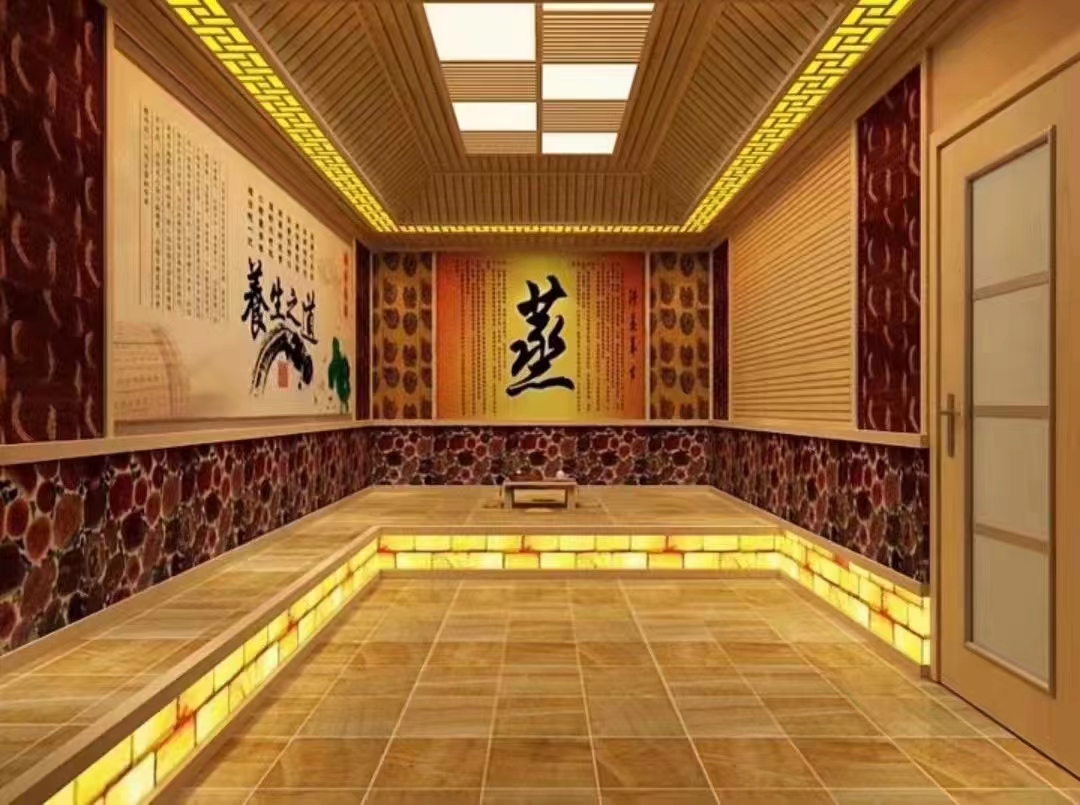
Hawaii, with its paradisiacal beauty and distinct climate, presents a set of unique factors that significantly impact the choice of materials for sweat rooms. Understanding these influences is crucial for creating functional and durable spaces that can withstand the local environmental conditions while providing a comfortable and beneficial experience.
One of the most prominent climatic features of Hawaii is its high humidity. This constant moisture in the air has a profound effect on the materials used in sweat rooms. When choosing materials, those that are resistant to moisture absorption and degradation are essential. For example, hardwoods like teak or mahogany are often preferred for flooring and interior finishes in sweat rooms. These woods have natural oils that help repel moisture, reducing the risk of warping, rotting, or developing mold. In contrast, softer woods that are more porous may quickly deteriorate in the humid environment.
Similarly, for the walls and ceiling, materials such as ceramic tiles or moisture-resistant drywall are better options. Ceramic tiles are impervious to water and can withstand the high humidity levels without compromising their structural integrity. Moisture-resistant drywall, on the other hand, is designed with special additives to prevent water absorption and the subsequent growth of mold and mildew. This helps maintain a clean and healthy environment inside the sweat room.
Hawaii's proximity to the ocean means that the air is often laden with salt. This salt content can be corrosive to many materials over time. When selecting materials for the sweat room, those that are resistant to salt corrosion are necessary. Stainless steel is a popular choice for fixtures and fittings such as door handles, hinges, and heating elements. Its resistance to corrosion ensures that these components will not rust or deteriorate quickly in the salty air environment.
For the exterior of the sweat room, if it is exposed to the elements, using materials with a protective coating or made of corrosion-resistant alloys can extend their lifespan. Aluminum with a proper anodized finish or fiberglass composites can be good alternatives to traditional materials that may be more susceptible to salt damage. These materials not only resist corrosion but also maintain their appearance and functionality, even in the harsh coastal climate.
Although Hawaii has a generally mild climate, there can still be some temperature fluctuations, especially between day and night. Materials that can adapt to these changes without significant expansion or contraction are beneficial for the construction of sweat rooms. Concrete is a commonly used material for the foundation and flooring due to its stability and ability to withstand temperature variations. It has a low coefficient of thermal expansion, which means it will not crack or warp easily as the temperature changes.
Insulation materials also play a crucial role in maintaining a consistent temperature inside the sweat room. Materials like spray foam insulation or fiberglass batts are used to prevent heat loss or gain and reduce energy consumption. These insulation materials not only help regulate the temperature but also contribute to the overall comfort of the space, ensuring that the sweat room remains at an appropriate temperature for users regardless of the external temperature fluctuations.
The pleasant trade winds in Hawaii offer an opportunity to utilize natural ventilation in sweat rooms. When choosing materials, it is important to consider those that can work well with the natural airflow to enhance ventilation and moisture dissipation. Louvered windows or doors made of materials like cedar or other hardwoods can allow for better air circulation while still providing privacy and security. These materials are durable and can withstand the constant opening and closing associated with natural ventilation.
In addition, the choice of ceiling and wall materials can also affect air movement. Materials with a smooth surface finish can help air flow more freely, reducing the buildup of stagnant air and moisture. For example, using smooth plaster or paneling on the walls and a suspended ceiling with perforated panels can improve the overall ventilation efficiency of the sweat room, making it more comfortable and reducing the risk of mold growth caused by poor air circulation.
In addition to the functional aspects influenced by the climate, the choice of materials for sweat rooms in Hawaii also takes into account the local aesthetic and cultural values. Natural materials that are indigenous to the islands are often favored as they not only blend well with the surrounding environment but also have cultural significance. Koa wood, for instance, is highly prized for its beautiful grain and is used in many traditional Hawaiian structures, including sweat rooms. Its use adds a touch of authenticity and cultural heritage to the space.
The colors and textures of the materials chosen may also be inspired by the natural beauty of Hawaii. Soft earthy tones and natural finishes can create a harmonious and relaxing atmosphere that complements the tropical setting. Incorporating elements such as lava stone accents or bamboo panels can further enhance the aesthetic appeal while also being in tune with the local environment and culture.

